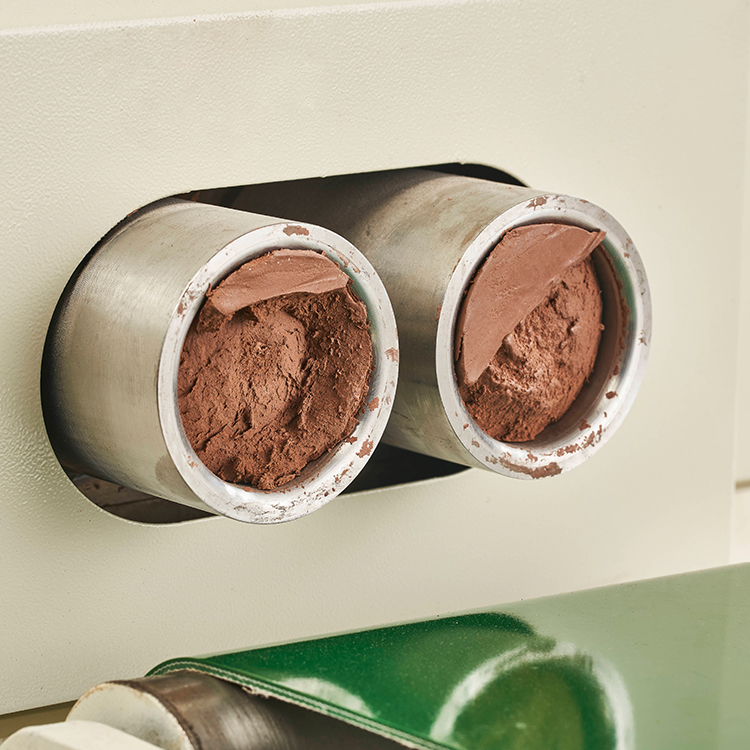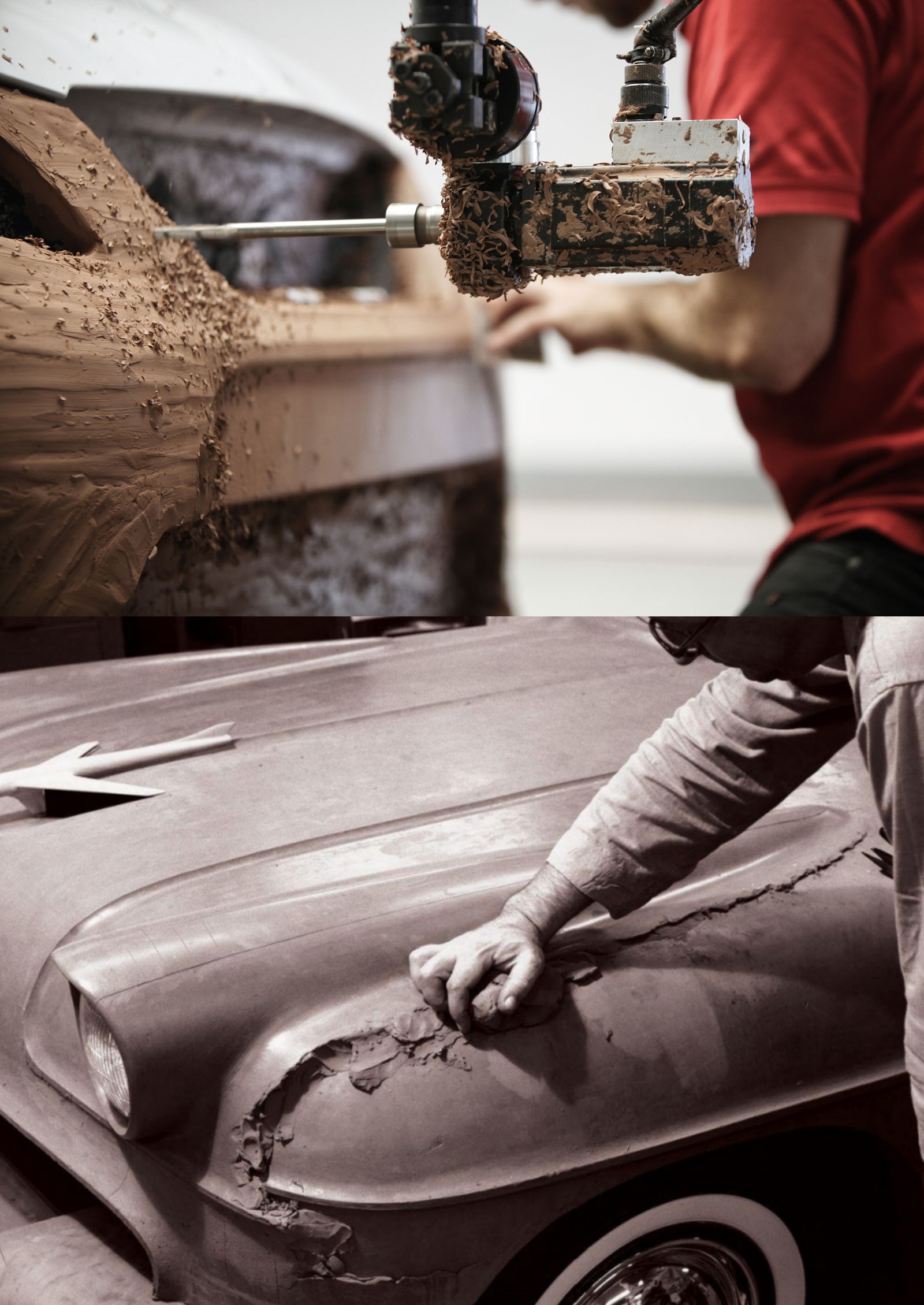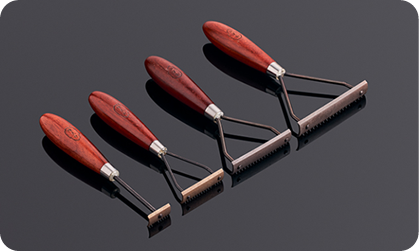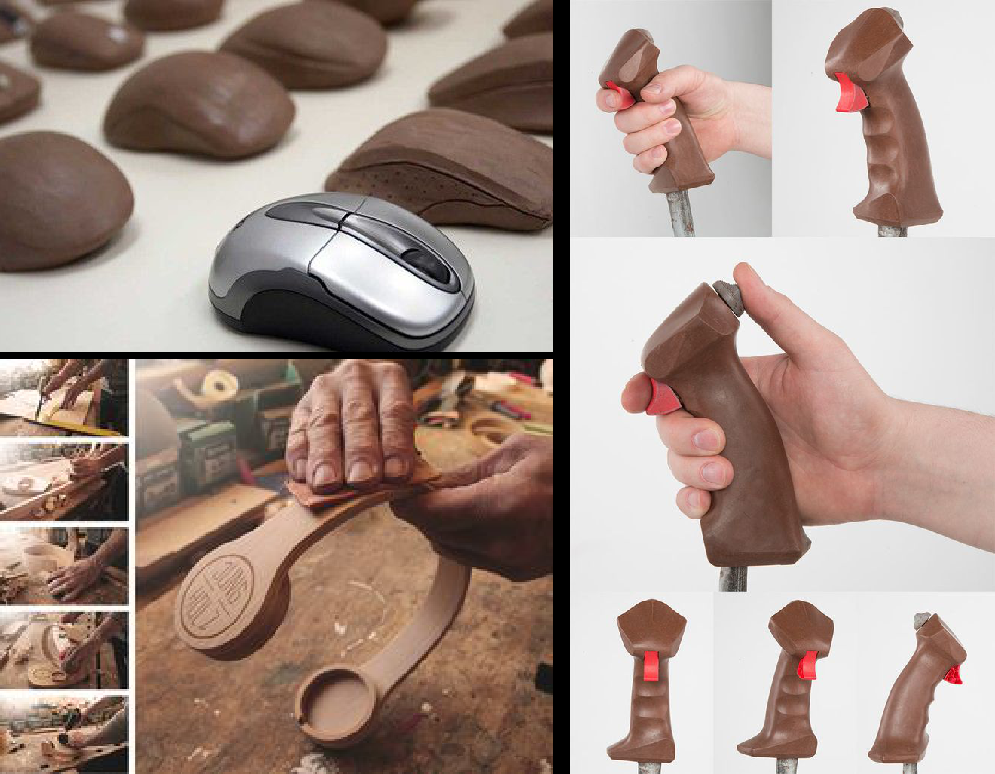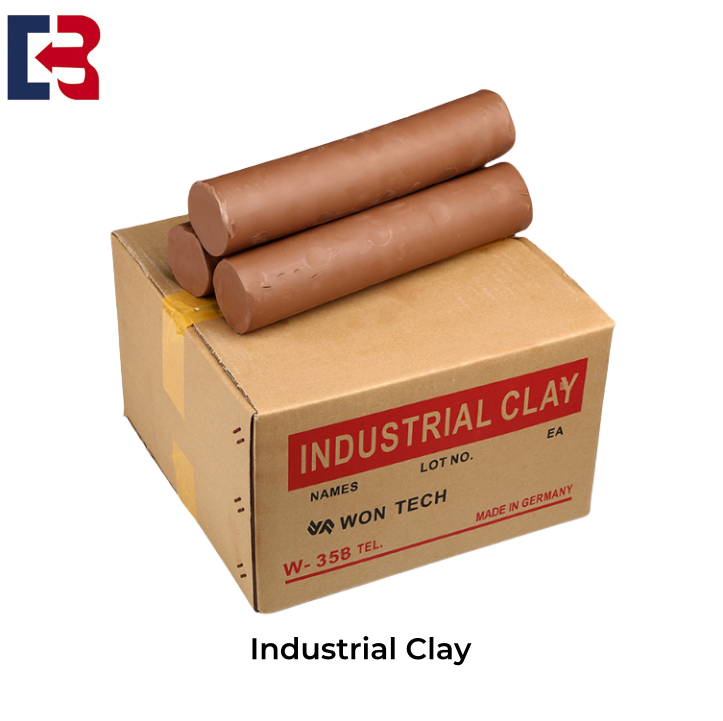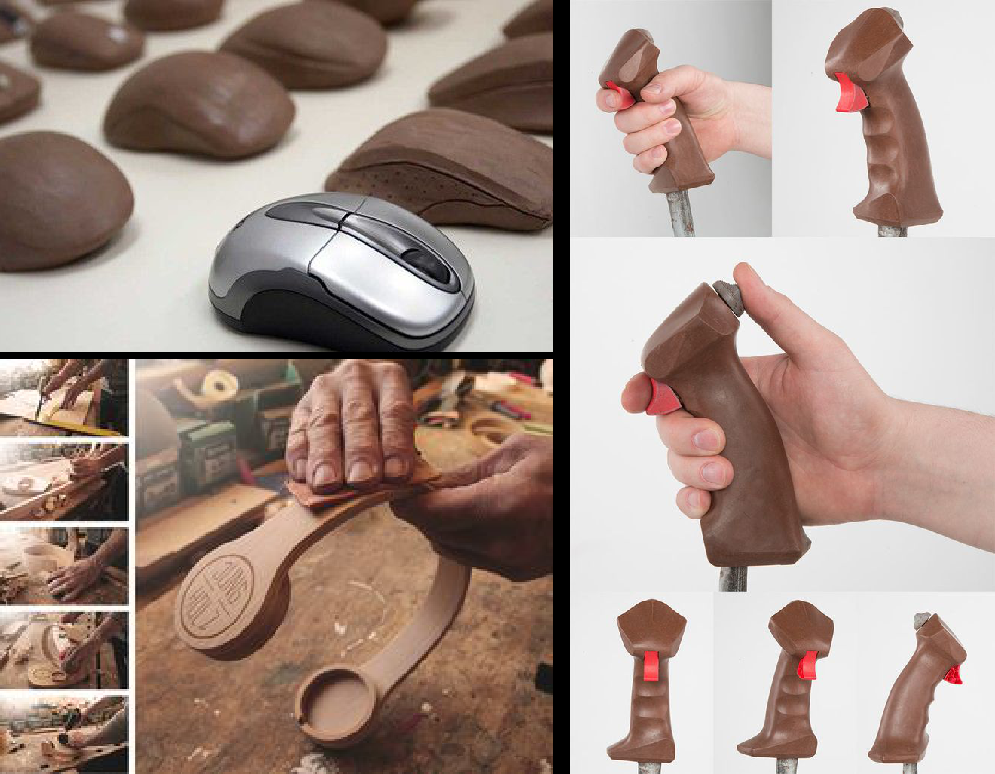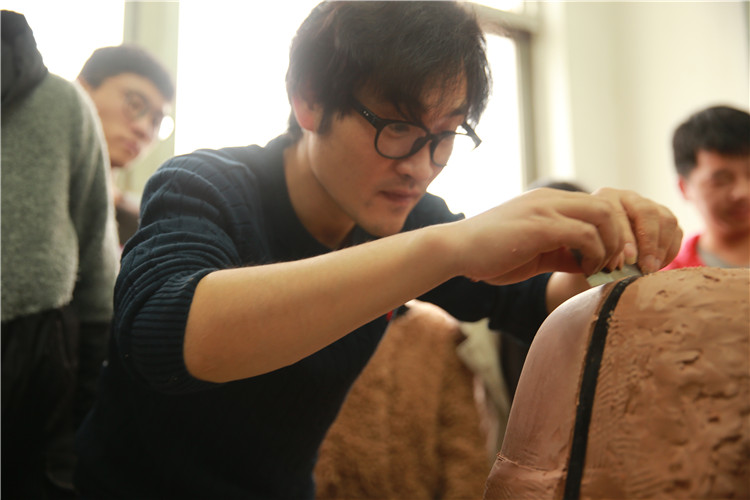
 Apr 01,2024
Apr 01,2024
 BOMI shanghai
BOMI shanghai
 636
636
The evolution of automotive design: from clay models to digital masterpieces.
For decades, clay has been the base material for creating solid models in automotive design. This unique substance is similar to putty and is viscous and malleable at high temperatures, making it easy to adjust and repair. When cooled to room temperature, it hardens, providing a stable and highly plastic medium in which designers can carve. This property makes the clay similar to chocolate in texture and plasticity, an interesting comparison that highlights its versatility.
Clay modeling has a rich history, especially in the colorful 1990s to early 2000s. The clay composition used in these models is constantly evolving and requires considerable expertise to operate effectively. Skilled model makers not only carve clay, but also play an important role in guiding and advising designers to perfect and optimize their creations. At the beginning of the design process, small scale clay models are usually made to save time and cost. Although these miniatures lack complex details, they provide enough basis for initial design decisions.
The importance of full scale clay models
Once the design has reached a certain level of development, a full-size clay model is made. This full-size replica allows designers to experience the proportions and visuals of the vehicle in a real-world environment. The full-size model is essential to assess the volume of the car and achieve a more realistic visual effect.
Traditional technique: tape drawing
One fascinating aspect of traditional car design is the tape-drawing technique, particularly used by BMW designers. The method involves using special tape to outline and highlight key features of the vehicle on orthogonal drawings. By doing this, the designer can ensure the correct proportions and dimensions of the model from the start.
Tape drawing is more than just creating an accurate outline, it is an essential part of the design process. Designers extend and bend the tape to adjust the proportions of the vehicle and the flow of important feature lines. This manual approach helps to harmoniously combine the new design with ergonomic requirements. Clay modelers then transform these two-dimensional tape drawings into three-dimensional clay surfaces, bringing the design to life.
The shift to digital models
While traditional methods such as clay modeling and tape drawing remain influential, the automotive industry has shifted significantly toward digital modeling in recent years. Digital models offer many advantages, including accuracy, flexibility, and the ability to easily share and modify designs.
Digital modeling allows designers to create highly detailed and accurate representations of concepts. Advanced software allows them to simulate a variety of conditions and visualize the vehicle from all angles, making it easier to identify and correct potential problems early in the design process.
In short, the shift from clay models to digital designs marks an important evolution for the automotive industry. Each approach has its own unique strengths and, combined, they lay the foundation for creating the future of extraordinary vehicles, leading the way at the intersection of creativity and technology.
